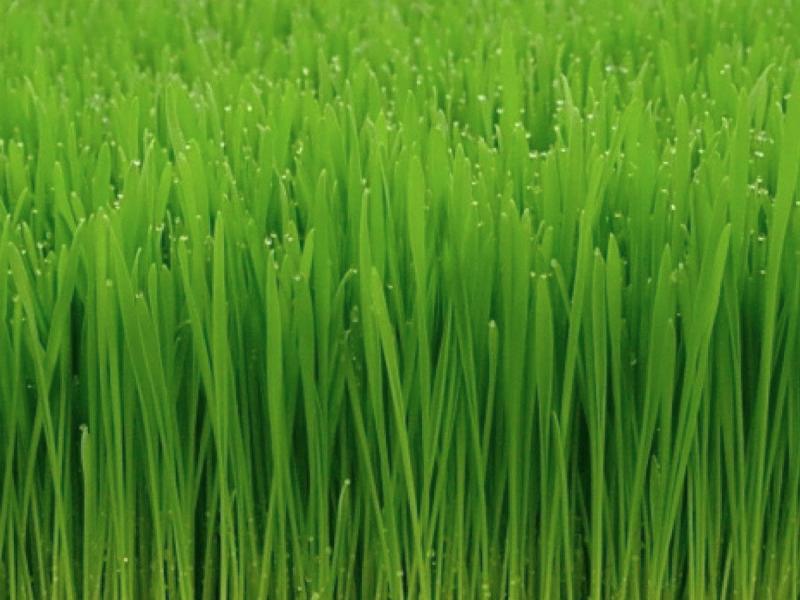Nothing like settling in on a rainy day in March sipping a cup of hot cat hairball control, or cat grass. Cats get hairballs from all of their incessant grooming.
Cat grass can be one of many grains planted for cats to graze on. No one is sure why cats eat grass, although grass is very high fiber, perhaps acting as a laxative to eliminate hairballs. Or perhaps, like me drinking it as tea, it provides trace minerals along with vitamins A and D.
Grass is also full of chlorophyll, which for centuries was about the only remedy for infections, pain, ulcers, skin diseases and even anemia.
Oat grass, also known as oat straw or cat grass, is none other than the grain oatmeal (Avena sativa) grown not for its grain, but for its leaves and stems. When it is sold for cats it is cat grass, and when it is sold for humans, it is often called oat straw or oat grass.
Since prehistoric times, oat grass has been a major source of food for animals and humans.
Oat leaves and flowers and stems are good sources of beta carotene, calcium, vitamin C, vitamin K , folic acid, B vitamins, fiber and protein. You can dry it for use as a tea or blended into a smoothie or juiced along with oranges or carrots to hide the somewhat bitter taste when juiced.
Just like oatmeal, oat grass seems to lower cholesterol levels, as well as help lower blood sugar levels.
Externally, oat straw can be tied in a muslin bag and used to soften bathwater.
Whether you grow it for tea for yourself or for a treat for cats, cat grass or oat straw can be grown in the garden or in pots. Outdoors, plant seeds where the oats will get full sunlight. Ideal soil pH is 6 to 7.5 but oat grass can tolerate almost any soil.
Keep the seed bed moist but not soggy to allow the seeds to germinate. Keep the seedlings watered during dry spells. Most years, oats grow fine without additional watering, so you may not need to water your oats at all.
To grow oat grass in pots, choose a large pot or planting tray. Sow the oat grass seeds one inch deep and one-quarter inch apart from each other. Press the seeds gently into into the soil, and cover with more potting soil.
Set the pot where it will get full sun; aim for at least six hours of bright sunlight every day. Your seeds should germinate in about 10 to 14 days. Whenever the top inch or so of soil feels dry, water thoroughly until water drains out the bottom of the pot.
You can eat the oat grass anytime, but for the best harvest, let the leaves grow six to 10 inches tall before carefully cutting them with scissors.
Sit and have some oat straw tea made from the stems, seeds and flowers of your own cat grass oat plant. Your warm tea is rich in fiber and phytonutrients, and high in calcium, for strong bones and teeth. Oat straw tea just might improve digestion, relieve your stress and give you more natural energy.
And it certainly will help with your hairballs.





















































